
What started as a simple summer adventure turned into one of Poland’s most exciting archaeological stories. A group of Polish hobbyists searching for traces of World War II rockets stumbled upon ancient treasures instead. Their unexpected find captured the world’s imagination and offered new insight into Europe’s early history.
The group’s find, buried deep beneath the soil, has become a symbol of how history waits patiently, hidden beneath our feet, for those willing to look.
The Start of an Unexpected Adventure
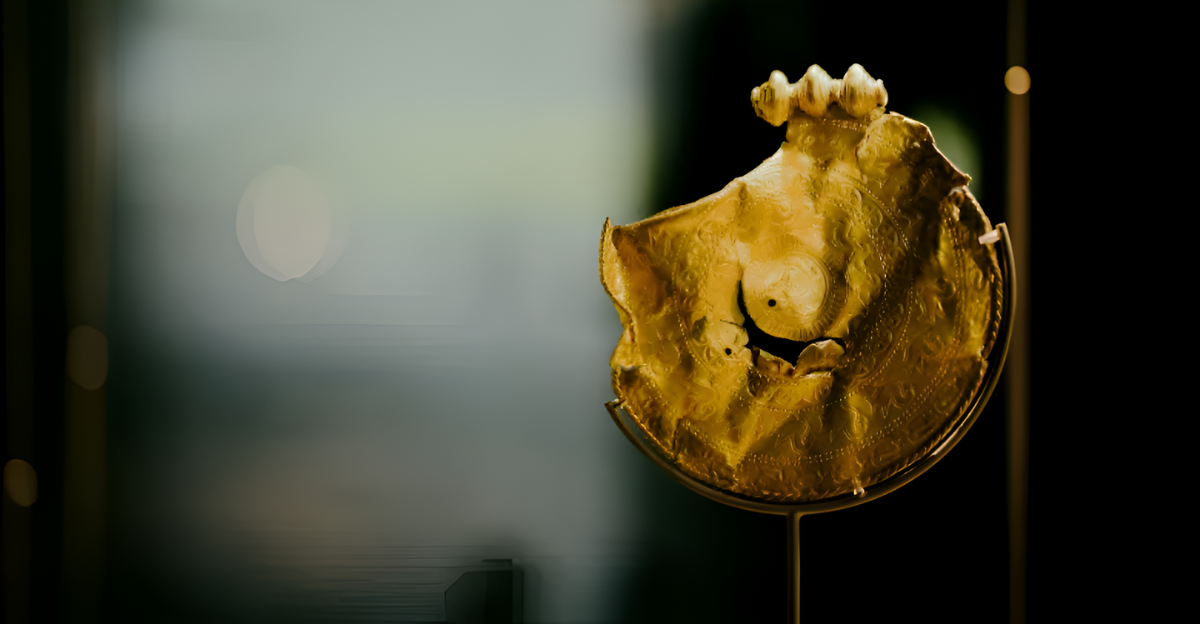
Denar Kalisz, a metal detecting club from central Poland, kicked off a summer mission to find remnants of German V-2 rockets from World War II. They weren’t looking for treasure, just artifacts from the mid-20th century. Their mission represented a love for history, not fortune.
Each beep from their detectors promised adventure, but nobody could have imagined the significance of what they would uncover. What followed was a discovery so extraordinary it changed how they, and the world, viewed Poland’s ancient past.
Meet the Team Behind the Discovery

Denar Kalisz isn’t a professional archaeological team, it’s a group of friends united by passion and curiosity. Led by Przemysław Kurowiak, the group has spent two decades exploring fields and forests, finding lost pieces of history.
They treat every artifact like a time capsule. Their commitment and respect for history have earned admiration across Poland. “Our association is a group of friends who love uncovering history,” said Przemysław Kurowiak, president of the organization. “We do it as a hobby.”
The Treasure Underground

Everything changed in June when member Hubert Piasecki stumbled upon a clay pot buried nearly half a meter underground. Inside were glittering silver bars, coins, and beautifully crafted ornaments. Experts dated the artifacts back to the early Middle Ages, over a thousand years old.
The vessel contained an astonishing 631 individual items. The find immediately drew the attention of museums and historians across Europe. “The pot was filled with coins, ornaments, and silver ingots from the early Middle Ages, containing 631 artifacts,” Kurowiak said.
A Mix of Coins from Distant Kingdoms
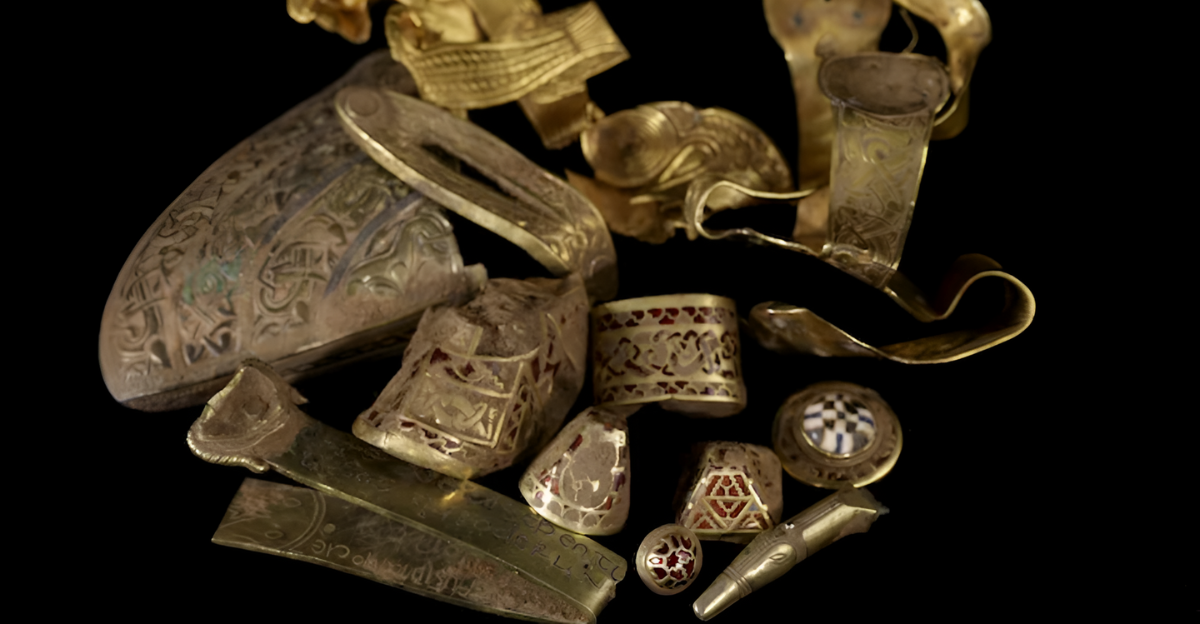
The coins found inside the pot tell a story of trade across Europe. Some came from England, including during King Harold I’s rule, while others originated in Germany, Hungary, and the Czech regions.
This mixture shows how connected Europe was even in the Middle Ages. Historians were amazed to see evidence of such wide-reaching commerce. These coins reveal that people and goods once traveled between places we rarely thought were linked.
Shining Proof of Medieval Skill
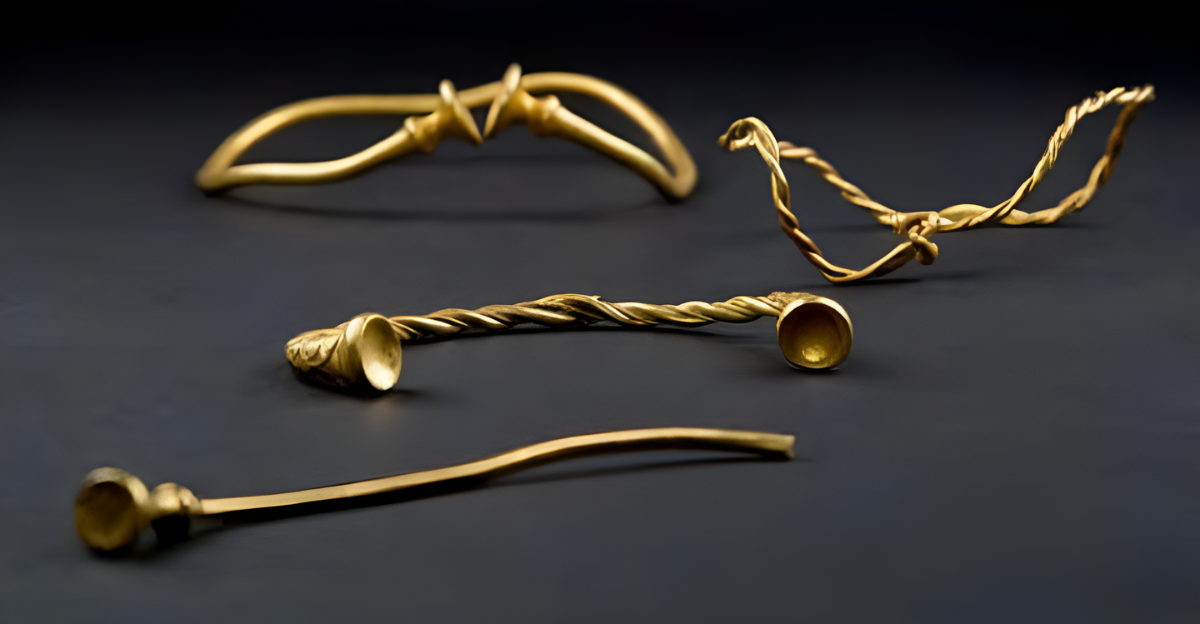
Beyond coins, the team uncovered silver ornaments and ingots that were carefully shaped and crafted with artistry. These pieces show that early European craftsmen were highly skilled, turning raw silver into beautiful jewelry and valuables.
Each piece tells a story of craftsmanship and wealth from a time long before mass production. The items likely belonged to wealthy merchants or nobles, hidden during times of conflict and never recovered, until now.
Another Pot, Another Mystery

Just weeks after the first discovery, team member Michał Makuch made a similar find, a tightly sealed clay pot detected under layers of soil. CT scans revealed countless silver coins inside, but the vessel remains sealed for now to preserve its condition.
Specialists are eager to open it in a controlled lab setting. The growing excitement feels like waiting for a mystery to unfold. Each new find builds anticipation and intrigue for what else lies buried nearby.
The Golden Necklace from Another Era
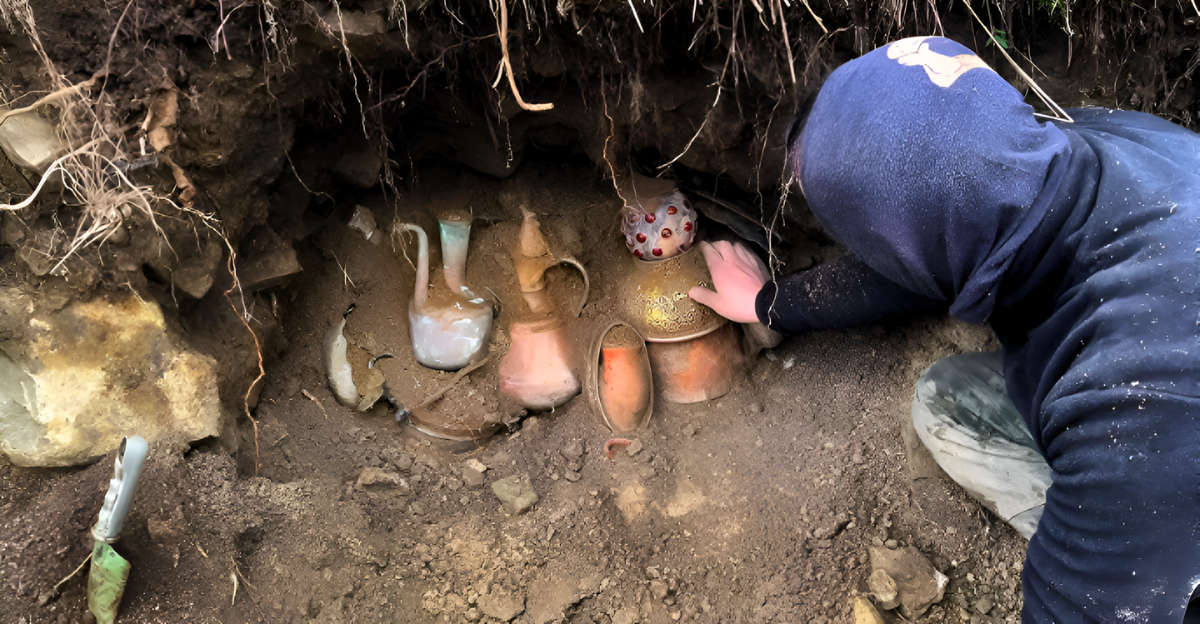
The biggest surprise came when the team unearthed a gleaming gold necklace weighing 222 grams. Experts believe it dates back nearly 1,800 years, before even the medieval silver hoards, during a period influenced by Roman culture.
Its craftsmanship is exceptional, the gold still brilliant after centuries underground. This necklace links modern Poland to ancient empires, showing how far-reaching Roman influence really was. “And just when it seemed we couldn’t get any luckier, we came upon another treasure – an incredible one, containing a gold necklace (222 grams of pure gold) from the Roman influence period, possibly up to 1,800 years old,” said Kurowiak.
Traces of Rome in Polish Soil

Finding Roman-period jewelry in central Poland proves that ancient trade routes stretched far across Europe. During the first centuries AD, Roman merchants traveled north, exchanging goods with local tribes.
The necklace and other fragments unearthed nearby offer real evidence of these cultural connections.
From Hobbyists to History Makers
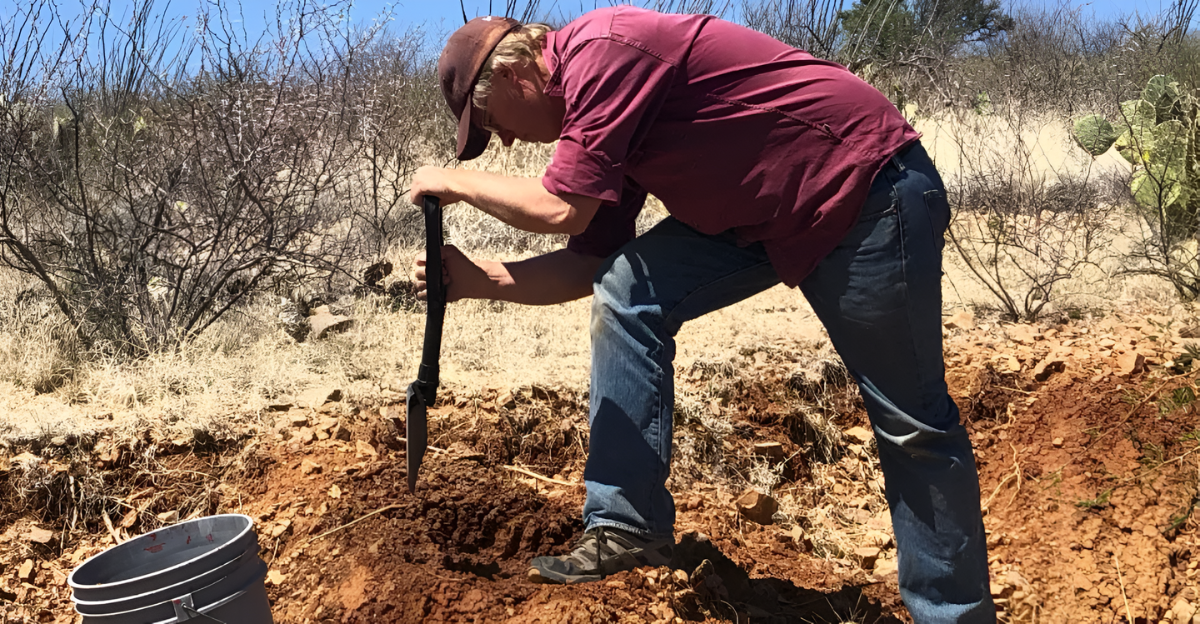
At first, Denar Kalisz members didn’t think of themselves as treasure hunters. But after these discoveries, their passion for exploration became a life-changing mission.
They quickly realized they weren’t just looking for objects, they were uncovering stories that redefined their country’s history. Their transformation from casual explorers to respected history makers shows how passion can lead to unexpected greatness. “By pure accident, we [have been] transformed from rocket hunters into treasure hunters,” he added.
Museums and Their Treasures

When important finds are discovered, the next step is making sure they’re protected and available for everyone to see. Teams like Denar Kalisz don’t keep their treasures for themselves, they hand them over to local museums for careful study and display.
Museums play a big role in telling these artifacts’ stories and making sure they’re safe from damage. Newly found objects often attract visitors from across the world, boosting local pride and tourism.
Preserving Finds for Future Generations

Preserving ancient treasures isn’t just about putting them in glass cases, it takes knowledge and care. Specialists use gentle cleaning methods and advanced technology to prevent damage and keep objects from deteriorating.
For very old or delicate items, scientists sometimes use three-dimensional scanning to record their shapes without touching them. Only through careful preservation can these treasures remain part of our shared story.
A Wave of Discoveries in Poland

Poland is experiencing a wave of archaeological excitement, and more ancient finds are being uncovered than ever before. Recent discoveries include medieval burial sites, gold coins, and ornately decorated rings. These finds aren’t just spectacular for their value, they’re changing what people know about Poland’s history.
Amazing Finds from Gdańsk to Krakow
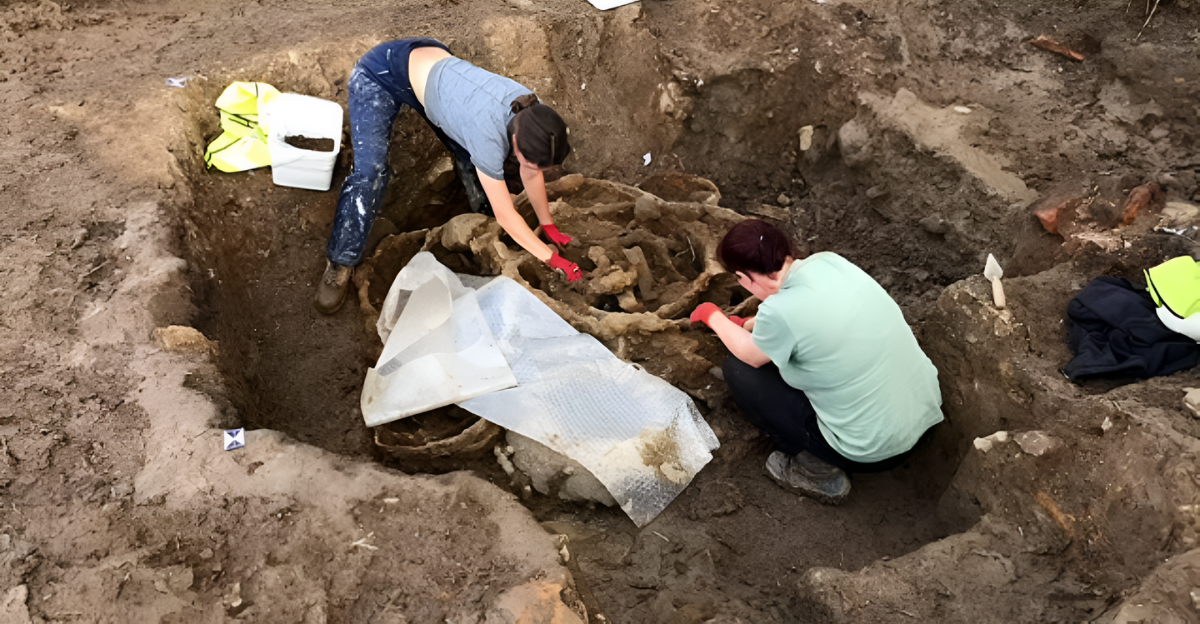
Poland’s discoveries aren’t limited to old fields or forests. In cities like Gdańsk, archaeologists recently found the burial site of a medieval knight beneath what used to be an ice cream parlor. In Krakow, a centuries-old royal ring was dug up in the historic Wawel Castle.
Each find opens a new chapter on the country’s past, revealing how people lived, traveled, and ruled. Sometimes, the most incredible treasures are found right beneath our feet, in places we visit every day.
Doing Treasure Hunting the Right Way
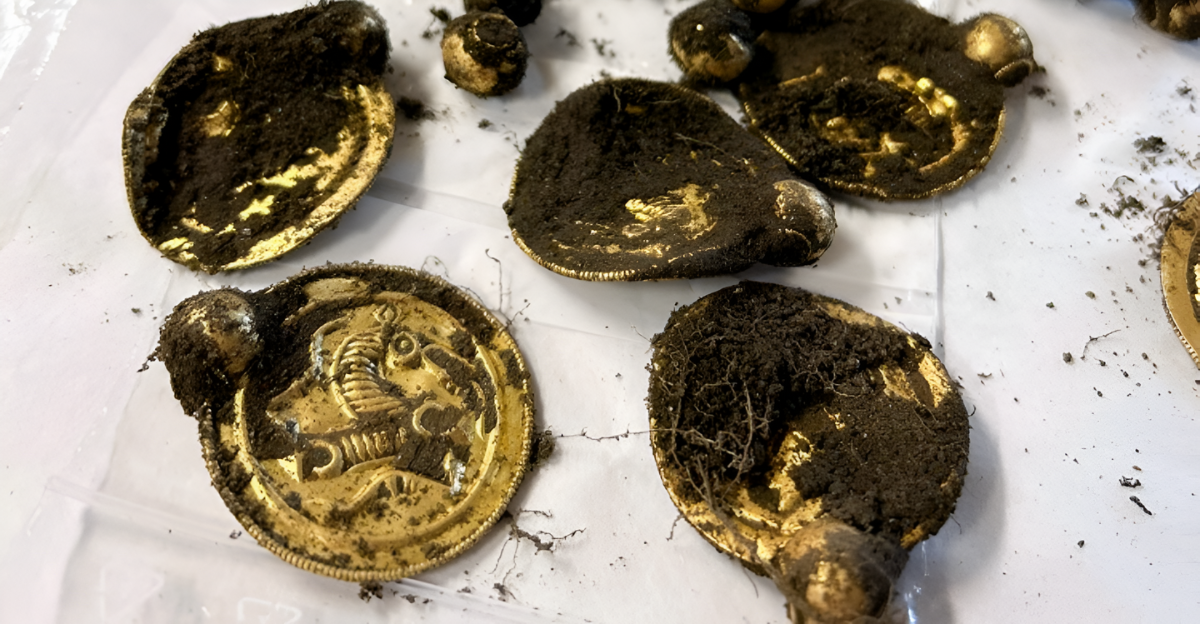
What sets the Denar Kalisz team apart is its commitment to doing things the right way. They always report their finds to government experts and museums, and they never disturb ancient sites more than necessary.
This kind of responsible behavior ensures that everyone can learn from the past. By working with experts and following the rules, hobbyists like Denar Kalisz help protect heritage and keep the adventure open to all.
A Message for Future Explorers
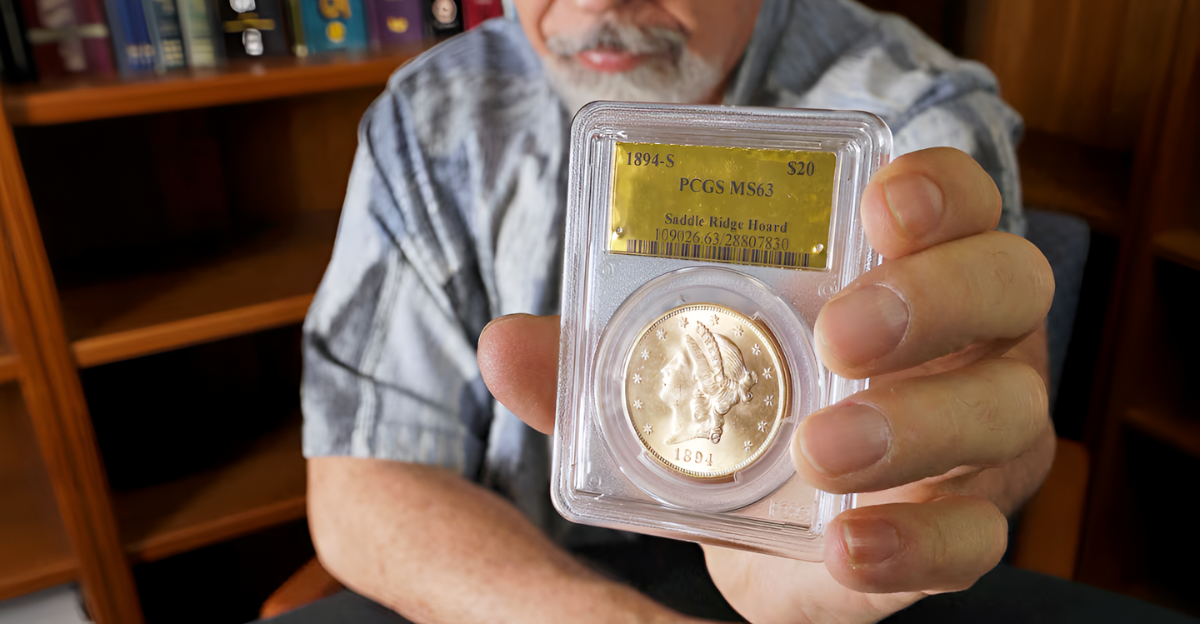
The story of these Polish hobbyists inspires new generations to dig into history, with careful hands and open minds. Young people across Europe are starting to explore, join clubs, and learning proper methods.
Teachers and archaeologists encourage safe, legal searching and emphasize teamwork between amateurs and professionals.
The Next Big Adventure Awaits
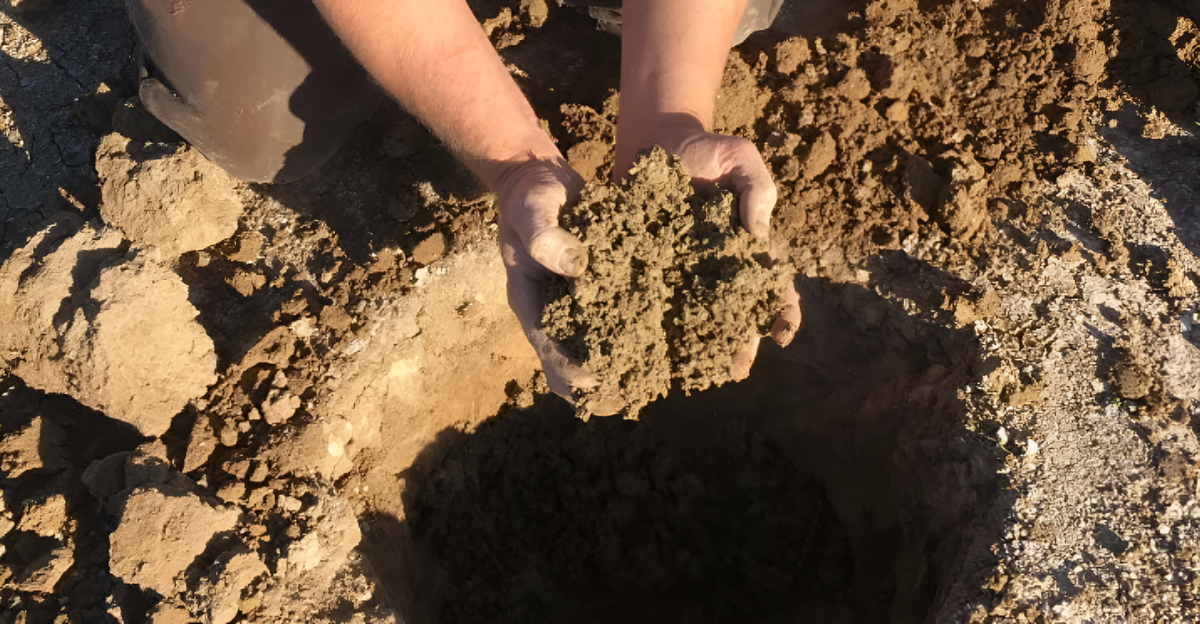
For groups like Denar Kalisz, the journey doesn’t end with one big find. Each summer brings new hunts, new mysteries, and new stories waiting in the soil.
Around the world, more and more people are joining the search and dreaming about their own brush with the distant past. Keep exploring, keep learning, and never stop being curious.
Celebrating Curiosity
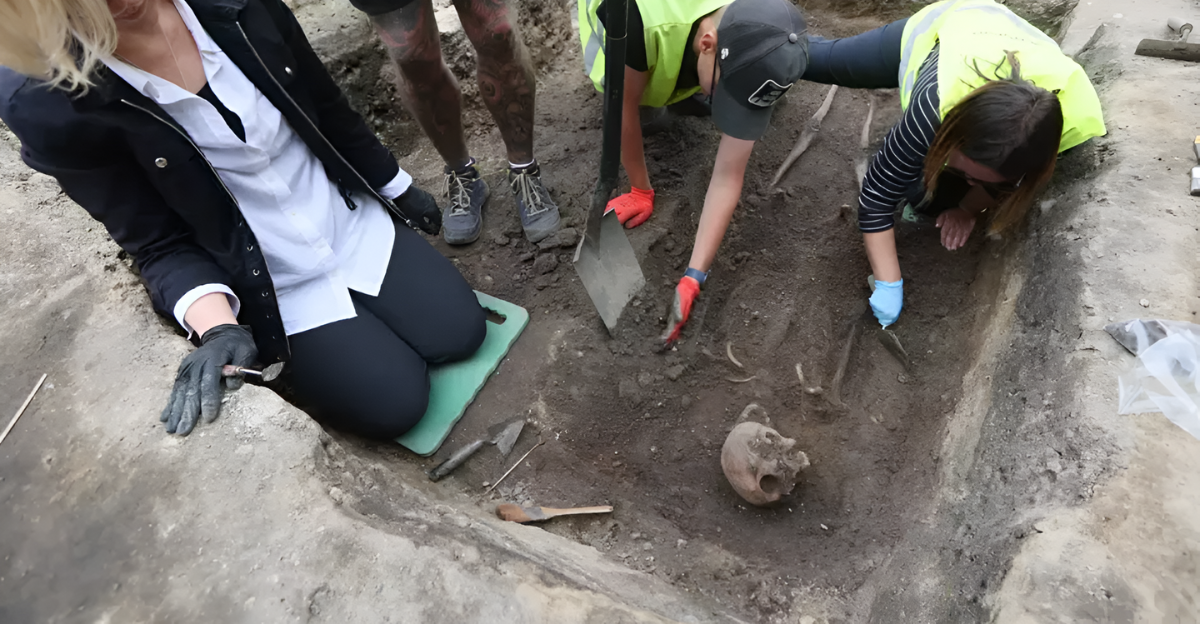
Denar Kalisz’s discoveries show what’s possible when ordinary people set out together in search of adventure, treating history with care.
With every artifact found, the group has inspired thousands to value their heritage and to wonder what mysteries remain. “We’re very proud of this, and it gives us even greater confidence that what we’re doing is right and important,” said Kurowiak